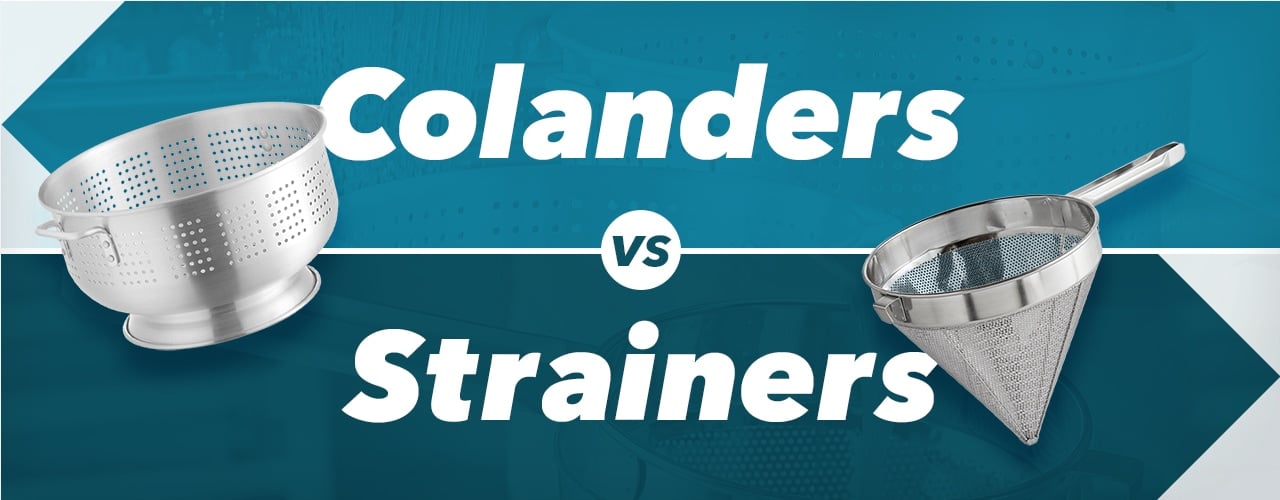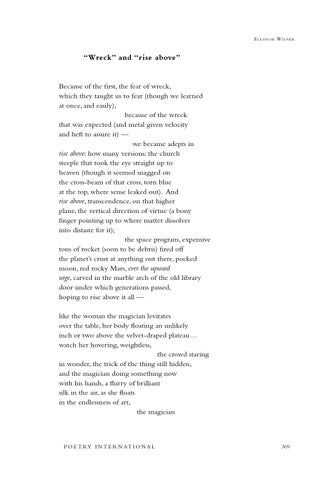Strainer vs Colander: Choosing the Perfect Kitchen Tool
– Colanders and strainers are different tools.
– A colander is made of inflexible metal, plastic, or ceramic and is bowl-shaped with larger holes drilled all around.
– Colanders are best used for washing produce, draining beans, or draining larger pasta shapes.
– There are different types of colanders, including large stainless steel ones for professional kitchens and smaller, decorative ones for occasional use.
– Strainers are made of fine mesh with tiny openings for liquids to pass through.
– Strainers are usually asymmetrical with a lip on one side and a handle on the other.
– Strainers are more flexible and made of thinner material with finer holes than colanders.
– They are better for draining or rinsing things with smaller pieces, such as orzo pasta or small legumes like lentils.
– A strainer is the best tool for sieving the foam of stock.
– The article discusses different types of strainers and their uses.
– Strainers are commonly used for draining pasta or vegetables and for straining sauces.
– The article mentions the availability of a specialized type of strainer called a chinois, which has a conical shape and is particularly suitable for straining thicker mixtures.
– Another type of strainer mentioned is a strainer basket, which is cylindrical in shape and is useful for boiling pasta or blanching vegetables without the need to pour hot water.
– The article suggests that both types of strainers can be easily found in restaurant or kitchen supply stores.

